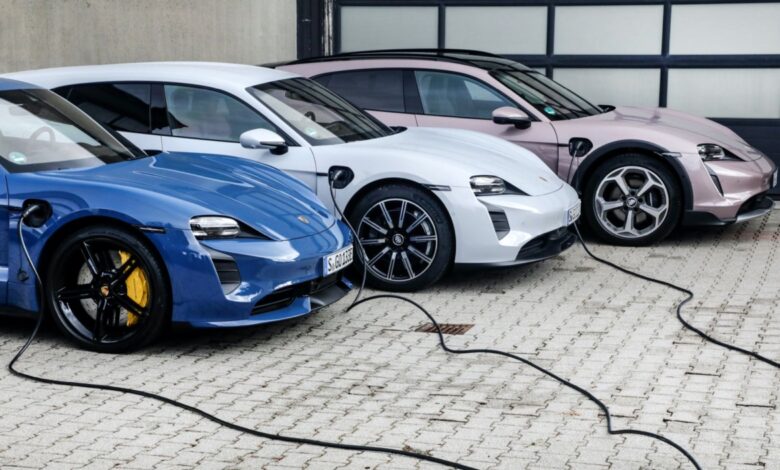
In addition to Hyundai with the Ioniq 5, Porsche is also testing the possibility of using the Porsche Taycan as a buffer storage unit for the power grid as part of vehicle-to-grid (V2G) applications. The company made the announcement in a press release.
First V2G tests of the Porsche Taycan underway
It sounds like dreams of the future, but it could soon become reality: Using surplus energy in an electric car’s battery to feed the public power grid, thus supplying energy to numerous other end users as a “virtual power plant.” This is exactly what Porsche is currently testing with the Porsche Taycan. The technology is called V2G (“vehicle-to-grid”).
High-voltage batteries in electric cars are capable of buffering the electricity. This is the result of a realistic pilot test conducted by Porsche, the transmission system operator TransnetBW and the consulting firm Intelligent Energy System Services (IE2S). As part of the test, five Taycans were connected to the power grid via the Porsche Home Energy Manager (HEM) both in a domestic environment and under laboratory conditions.
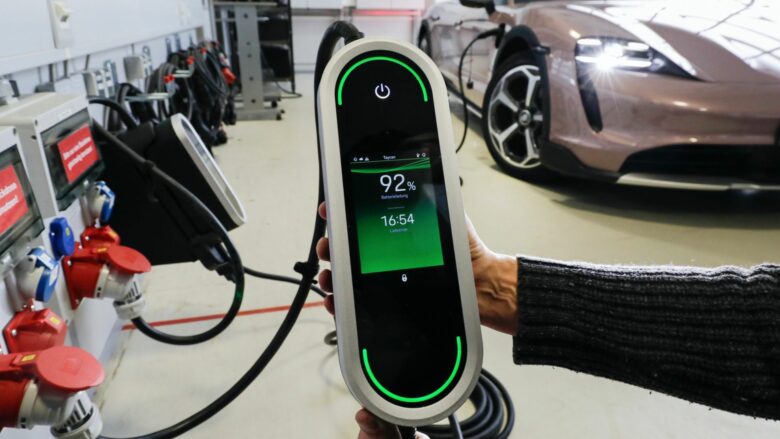
“If electric vehicles feed electrical energy back into the grid from private photovoltaic systems, for example, in the future and thus contribute to the expansion of renewable energy, this will further increase the acceptance of e-mobility,” Lutz Meschke, Deputy Chairman of the Executive Board and Chief Financial and IT Officer at Porsche AG, is certain.
The use of high-voltage batteries as buffer storage would thus contribute to a stabilization of the network frequency in the power grid, because if 50 Hertz are not maintained here at all times, power failures threaten. Drivers of electric cars could also “receive financial compensation for their contribution to balancing power,” Porsche writes further.
Pooling system works in real time
In the pilot test, a cloud-based pooling system developed by IE2S was used for this purpose, which coordinates the charging processes of the electric cars in real time and simultaneously regulates the high-frequency and time-synchronous bidirectional data transport. The test also involved a direct connection to TransnetBW’s main switching line in Wendlingen near Stuttgart.
Not only was communication between the control system and several electric vehicles realized, but at the same time the strict specifications for maintaining and providing control reserve were also met.
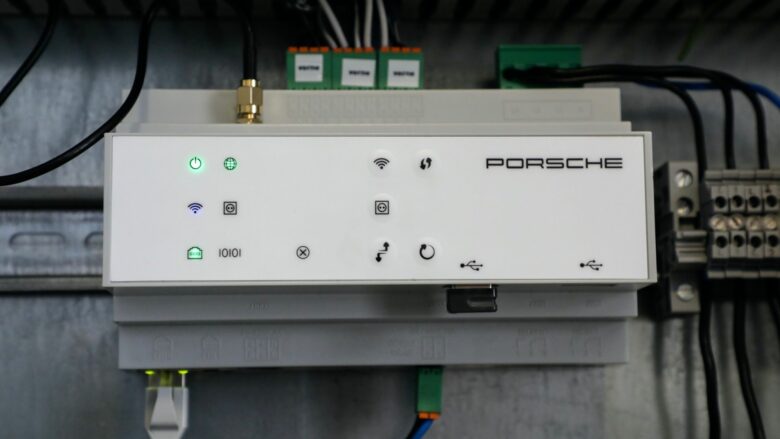
“This will enable us to integrate electromobility into the smart grid of the future,” explains Dr. Rainer Pflaum, CFO TransnetBW. The requirements for control services in Germany are linked to strict conditions, especially to ensure safety.
Should the V2G system go into series production in the Porsche Taycan and also in the Hyundai Ioniq 5, owners would thus be making a contribution to feeding energy into the grid, and at the same time could have this disposed of financially.
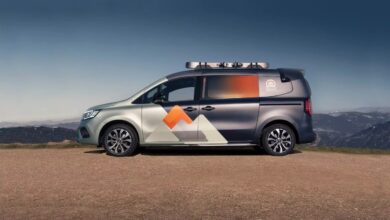
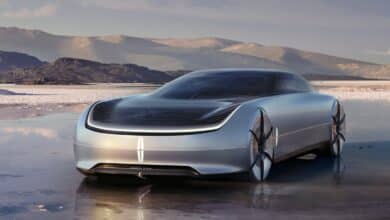
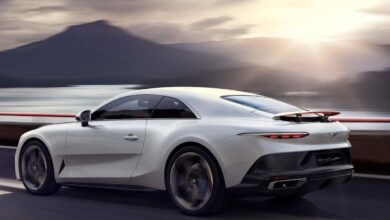
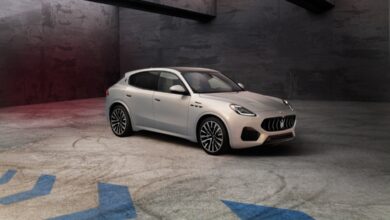
No replies yet
Neue Antworten laden...
Neues Mitglied
Beteilige dich an der Diskussion in der Basic Tutorials Community →